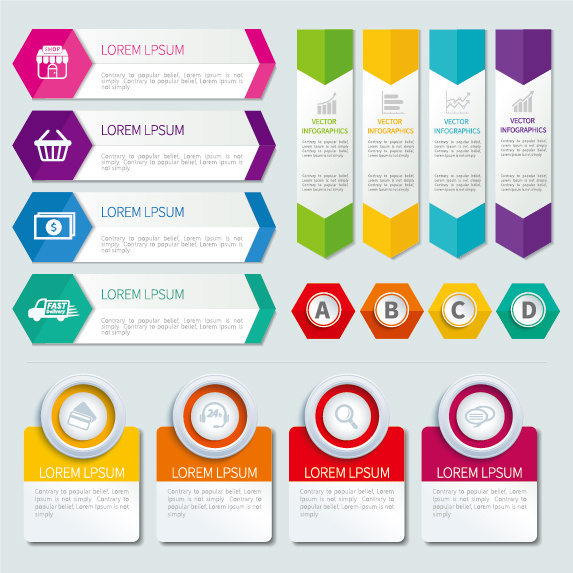Surety Efficiency Bonds Vs. Standard Insurance Coverage: What You Need To Know
Surety Efficiency Bonds Vs. Standard Insurance Coverage: What You Need To Know
Blog Article
Web Content Author-Munck Thurston
Guaranty performance bonds and standard insurance may seem similar, however they really offer different objectives. Surety efficiency bonds are a type of economic guarantee that ensures the conclusion of a job or contract. Understanding the key differences between these two options is vital, as it can significantly affect your business or individual needs.
Surety performance bonds provide guarantee that a task or agreement will be completed as agreed upon. They are commonly made use of in construction jobs, where the bond acts as a guarantee that the contractor will certainly meet their responsibilities. If the professional fails to complete the job, the surety business will action in and ensure that the job is completed or compensate the project proprietor for any kind of losses.
Conventional insurance, on the other hand, provides coverage for potential losses or problems. It is created to safeguard individuals or companies from unforeseen events such as accidents, burglary, or natural disasters. With typical insurance policy, the insurance holder pays normal premiums to the insurance provider, and in return, the business consents to cover the expenses connected with the defined dangers.
While both surety efficiency bonds and traditional insurance coverage give economic security, they do so in various means. Guaranty performance bonds concentrate on assuring the completion of a project, while traditional insurance concentrates on providing protection for potential losses or damages.
Comprehending the benefits of surety efficiency bonds and the advantages of typical insurance coverage can help you make an educated choice. Whether you are a professional seeking to safeguard a job or an individual looking for protection versus unforeseen events, it is important to think about which alternative finest suits your demands. So, allow's dive into the details and explore the differences between surety efficiency bonds and standard insurance.
Trick Distinctions Between Bonds and Insurance
Understand the five essential distinctions between surety efficiency bonds and conventional insurance policy to make a notified decision for your details requirements.
First, the purpose of a guaranty bond is to guarantee the performance of a contractor, while insurance policy provides monetary security versus losses.
Second, surety bonds call for a three-party contract between the principal, the obligee, and the guaranty, while insurance coverage involves just two celebrations, the insured and the insurance provider.
Third, surety bonds focus on avoiding loss by ensuring the conclusion of a task, while insurance coverage concentrates on compensating for losses that have currently taken place.
4th, surety bonds call for the principal to indemnify the surety for any type of insurance claims paid, while insurance coverage does not require this.
Finally, guaranty bonds are underwritten based on the principal's monetary toughness and record, while insurance is based upon danger evaluation and actuarial estimations.
Recognizing these distinctions will certainly aid you choose the right option for your details circumstance.
Conveniences of Surety Efficiency Bonds
Guaranty efficiency bonds supply several benefits for your certain requirements. They supply you with the satisfaction that your task will be completed as agreed upon. Here are some vital benefits of surety performance bonds:
- ** Financial Safety and security **: With a guaranty bond, you're safeguarded monetarily in case the contractor stops working to execute their commitments. This makes sure that you won't carry the ball of any type of economic losses.
- ** Quality Assurance **: Surety performance bonds make sure that the professional will certainly deliver top quality job. If there are just click the following webpage of problems with the job, the bond ensures that it will be rectified.
- ** Timely Completion **: With a bond in position, the professional is encouraged to finish the task on time. This assists you avoid hold-ups and guarantees that your task stays on timetable.
- ** Danger Mitigation **: Surety bonds minimize the risk of specialist default, giving you self-confidence that your financial investment is shielded.
Advantages of Conventional Insurance
When it concerns shielding your assets, typical insurance policy uses a distinct advantage over guaranty efficiency bonds.
Among the major benefits of standard insurance is the broader protection it supplies. Typical insurance plan are developed to shield a wide variety of risks, consisting of residential property damages, obligation, and accident. This suggests that if an unforeseen event occurs, such as a natural disaster or a mishap, you can rest assured understanding that you have coverage in position.
Another advantage of traditional insurance policy is the versatility it supplies. With conventional insurance, you have the capacity to customize your coverage based on your particular requirements and take the chance of account. This ensures that you're just spending for the insurance coverage that's needed, conserving you cash over time.
Additionally, typical insurance coverage commonly has actually reduced premiums compared to surety efficiency bonds, making it a much more affordable choice for many individuals and organizations.
Continue Reading , currently you understand the vital differences between guaranty efficiency bonds and typical insurance policy.
While both offer security, bonds give an included layer of assurance for task completion. They use monetary security and assurance for all events entailed.
On the other hand, typical insurance coverage covers a wider range of risks.
Depending on your certain needs, comprehending these distinctions will certainly help you make a notified decision and choose the right choice for your scenario.
